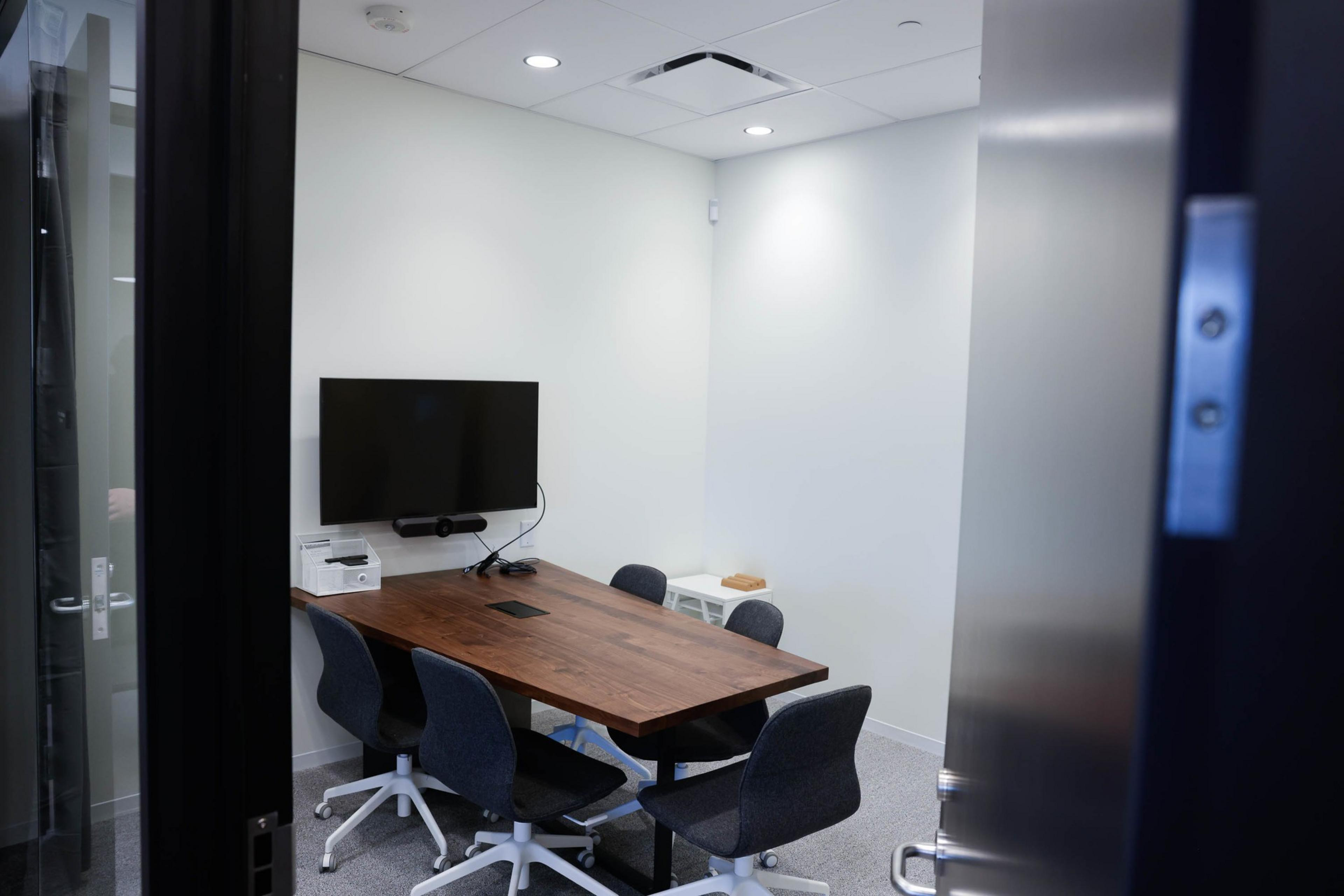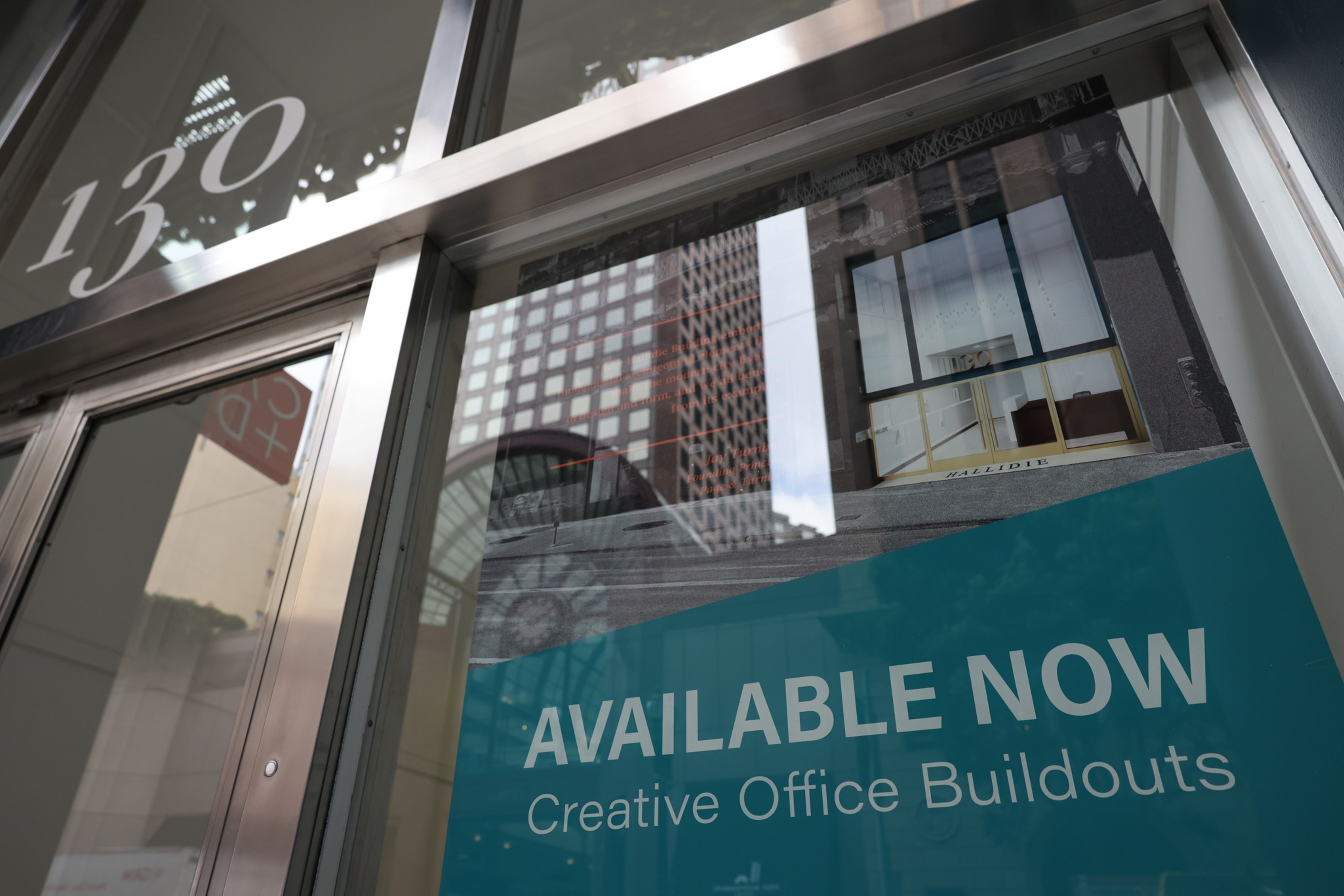Layoffs largely defined the tech industry in 2023 as brutal cuts meant thousands of San Francisco residents lost their jobs. As the year went on, however, economists predicted the tide was turning, citing positive job numbers and the growth of the AI industry as evidence that the economy had passed an inflection point.
But—as it turns out—that optimism was premature.
According to the state Employment Development Department’s latest revised reports, San Francisco and San Mateo counties lost 16,700 jobs overall between February 2023 and February 2024, with 14,300 jobs lost in the information sector, which includes tech.
EDD’s monthly job statistics usually change after initial reporting as more employers and households respond to surveys, according to a department spokesperson. State officials had originally charted a slowdown of the decade-long run of pre-pandemic job growth. Instead, revised data highlighted a drop in total jobs, a signal of a continuing downturn rather than an economic “soft landing.”
“Tech is actually much worse than it was listed before,” said Ted Egan, the city’s chief economist. “Based on old data, you could say that layoffs were moderating, but there’s no sign of it recovering at this point.”
Although many have put their hopes in AI as the solution to the downward trajectory, experts are skeptical of the industry’s ability to bring back enough jobs by itself.

Industry “giants” like San Francisco-based OpenAI and Anthropic have roughly 770 and 300 employees, respectively, according to reporting from The Information (opens in new tab), as opposed to the tens of thousands employed by the likes of Amazon, Alphabet and Meta.
And there’s every reason to think their workforces will never be as large, even if their market capitalizations continue to mushroom.
“San Francisco is at the epicenter of AI, but the number of jobs being generated from it is very modest,” said Michael Bernick, an employment attorney with law firm Duane Morris and a former director of the state EDD.
As a point of reference, job trend tracker Comprehensive.io, found there were only around 2,000 AI-focused job positions posted over three months last year.
That coupled with more aggressive layoffs across big tech has led to a gloomier economic outlook. “There’s no doubt that the major tech firms over-hired at the beginning of the pandemic,” Bernick said. “Now, they’re shedding more jobs than the startups are generating.”
Where does that leave the SF economy now?
Egan said the new data necessitates a less sunny economic message in his regular briefings to city leaders. “I don’t remember revisions ever being this big,” Egan said. “Next month, we’re going to have to have a different tone. We thought we were finally pulling ourselves out of it.”
The city’s economic outlook would have been worse had it not been for the health care industry’s strong year-over-year job growth, according to Bernick. The continuing rise in the Bay Area’s cost of living has also made hiring across all industries more difficult, he added.

According to the U.S. Bureau of Labor Statistics (opens in new tab), California’s unemployment rate, 5.3%, is now the highest in the country. The San Francisco metro area’s seasonally adjusted unemployment rate has ticked up from 3.7% in 2022 to 4.1% today. The 10-year low for the unemployment rate was 2.5%, which was reached in July 2019.
San Francisco’s Controller’s Office measures the state of the city’s economy in two main ways: the number of jobs created or lost, and the amount of people coming into the city daily. Both directly impact tax revenues that flow into the city’s budget.
Outside of health care, Egan said there are a few bright spots. Entertainment, food services and other hospitality businesses have added jobs since last year. But tech’s slowdown means the total pie is still shrinking.
“We’re all waiting for this [economy] to turn a corner,” Egan said.
The 2010s tech boom was different
One clear green shoot in the struggling state of San Francisco’s economic recovery has been the city’s central position in the development of AI.
The industry has been a rare bright spot for the city’s flagging commercial real estate market. Artificial intelligence companies were responsible for 28% of total leasing activity in 2023 and remain a significant source of demand in 2024, according to Colin Yasukochi, the executive director of CBRE’s Tech Insights Center.
In just the past year, AI firms, including OpenAI, Anthropic and Unlearn.AI have signed some of the city’s largest office leases.
However, the scale of activity pales in comparison to the mass leasing and office demand growth during the last decade. A parallel situation is occurring in the city’s job market.

Jeremiah Owyang, general partner at Blitzscaling Ventures, an investor specializing in AI, said inherent to the culture of AI startups is a mindset he terms “AI-first,” which leads companies to hire humans slowly, if at all.
“Before you ask a human anything, you ask AI first,” Owyang said. “It does not mean, replace all humans with AI, it means you just try to use AI to be efficient and productive.”
This represents a shift in the economy in line with previous technological revolutions. “Even though founders are coming here, they’re not all going to set up shop and operate massive companies,” he said.
One example is Midjourney, which was founded two years ago in San Francisco by David Holz. The bootstrapped AI image generation startup recently reached a $200 million annual revenue run rate, implying a $10 billion-plus valuation, according to business analytics firm (opens in new tab) CB Insights.
Typically, a company with these financials would have a headcount of hundreds, if not thousands of employees. But, as Midjourney’s website proudly notes (opens in new tab), the bootstrapped company only has 11 full-time staff members.
As a point of comparison, Salesforce, San Francisco’s top-ranked private employer, reached a $10 billion market capitalization in 2010. At that time the company employed around 4,000 people.

Grant Long is the founder and CEO of Amid Labs (opens in new tab), an AI incubator based in the city’s struggling Mid-Market neighborhood.
Prior to shifting his focus to building new AI products and coaching entrepreneurs, Long started his tech career in 2011, around the time companies like Airbnb, Dropbox and Uber began their global ascent.
During the previous boom, software companies needed much more human and capital resources to get off the ground, meaning new jobs were more plentiful for those flocking to the city. These days, Long said, the barriers to bringing a product to market are much lower.
“Some founders are making the choice to remain lean,” Long said. “These AI tools allow for them to scale the output of small teams in lieu of growing headcount.”
